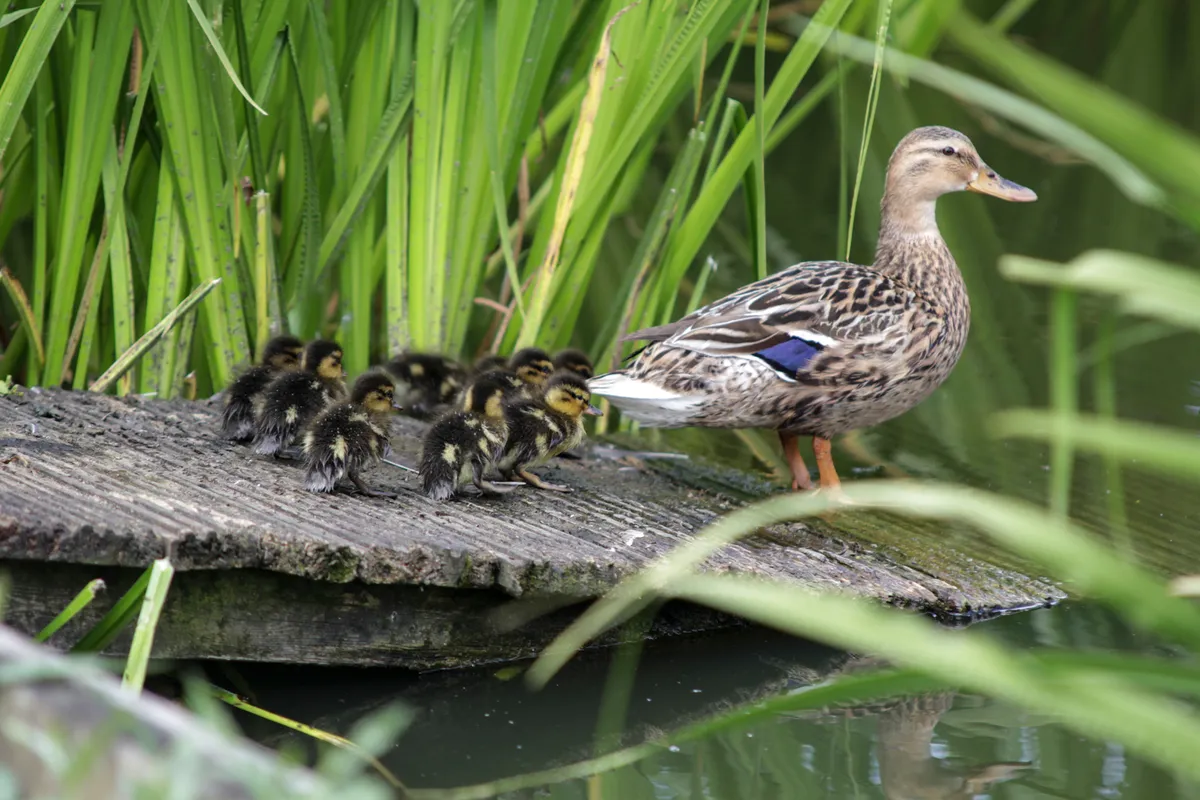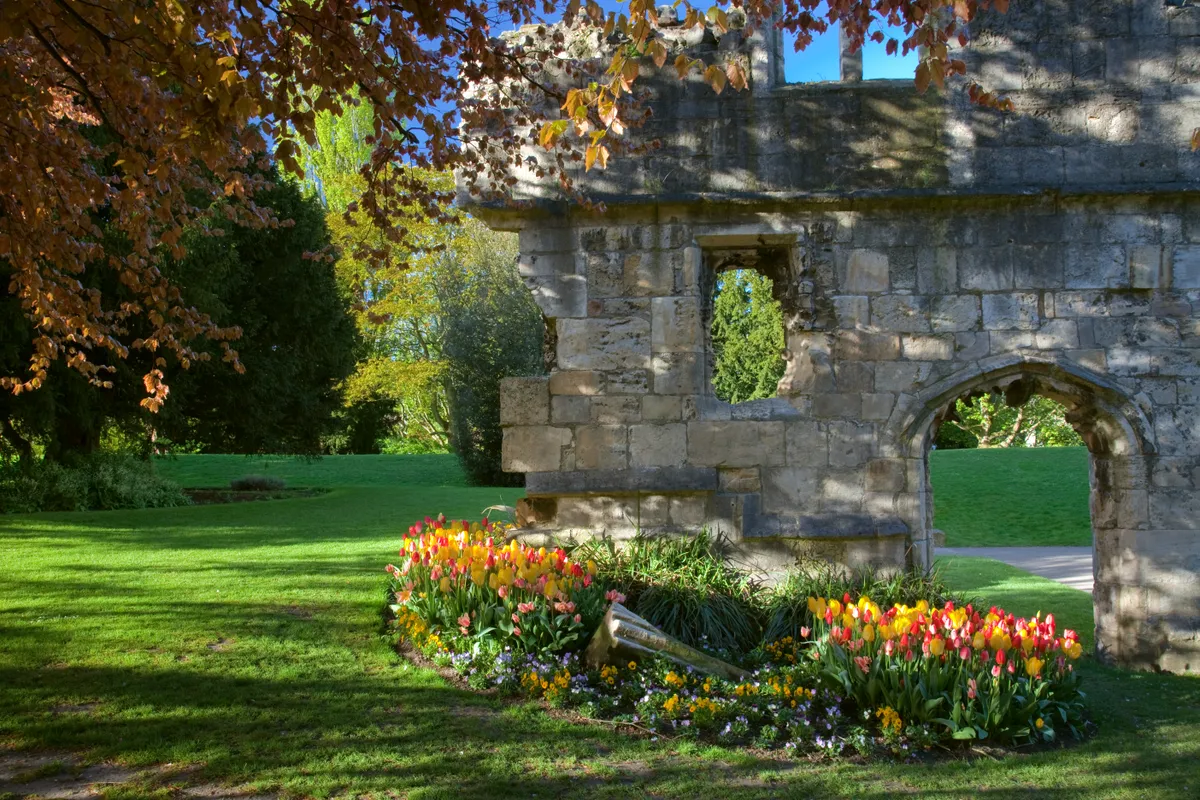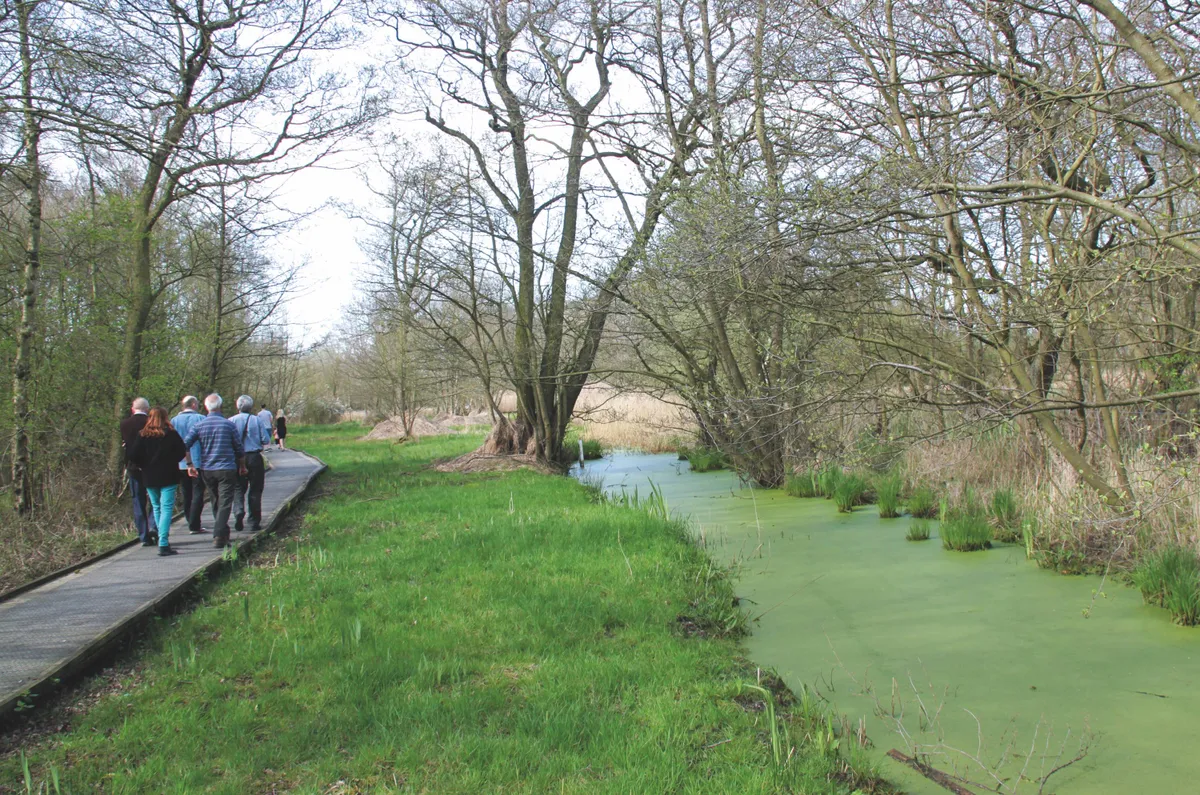The University of York Campus covers a 500-acre area and is home to a diverse range of wildlife, such as birds, insects, plants and fungi.
The lakes and wetlands offer an attractive place for many wild and semi wild water fowl as well as water voles, bats, dragonfly and butterfly.
With its growing and evolving habitats, the campus is a great place to see a large number of species just outside of York city centre.

Home to one of Yorks museums and the ruins of St Marys Abbey these gardens are also home to a number of plant and animal. There are numerous species of moth and butterfly, as well as other insects, including the rare white spotted micromoth.
Common birds such as dunnock and robins are often spotted in the gardens in addition to more unusual species like treecreepers. You will also spy many grey squirrels, but the star species here is the endangered tansy beetle which can only be found in a few places in Britain.
The gardens are also famed for their incredible collection of plants and flowers, having won the gold award at Yorkshire in bloom for the third year running.

About an hour walk from the centre of York, Askham Bog is a great place to see a variety of animal and plant life. The bog itself is a great place to find marsh orchids and violets and boasts the largest colony of gingerbread sedge in England.
Birds are abundant, including woodpecker and marsh tits, as are moths. You can also regularly see roe deer, fox and water voles on walks around the bog and during summer you may see some Exmoor ponies grazing.
Wellies are recommended to get the most out of this nature reserve and allow you to explore the boggy pools.


The River Foss has a rural source before joining with the Ouse in York city centre. Taking a walk north from York along the Foss will show a changing environment, rich with wildlife.
The river itself supports perch, pike and barbel as well as many other fish species which are an important food source for the elusive otters that live along it. Mink, water vole, kingfishers and herons also rely on the river and make up a few of the animals you’re likely to see on a stroll out of York along the River Foss.
5
St Nicks
St Nicks is a real urban escape just a mile from the city centre of York. Formerly a rubbish tip, it was reclaimed in 1990 and declared a nature reserve in 2004.
There is a great variety of plants and trees on the site and fruit has been approved for human consumption. Common woodland birds can be seen all year round and rabbits are abundant. Otters are also known to visit the site from the River Foss via Tang Hall Beck.
The area also hosts some 20 species of butterfly which thrive in the wildflower meadows. In early spring, frogs and smooth newts can be seen breeding in the ponds by the Environment Centre.


6
Clifton ings and Rawcliffe meadows
These floodplains meadows are rich in flowers and diverse species of grasses, together these are important for sustaining a large number of insect species.
Dragonflies, butterflies and spiders are common sights, but importantly this is the main stronghold of the critically endangered and beautiful tansy beetle. Clifton ings and Rawcliffe meadows are perfect for an interesting walk in a constantly changing environment just outside of York city centre.